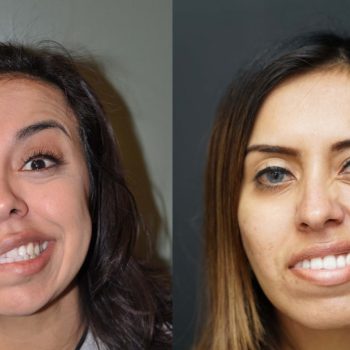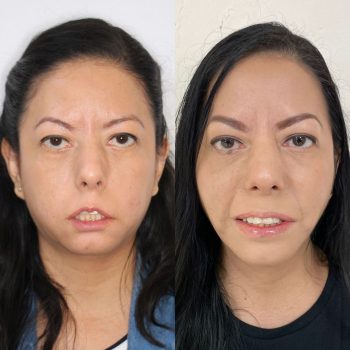(FAQs) about FACIAL PALSY
Symptoms may include drooping of the mouth or eyelid, difficulty closing the eye on one side, impaired facial expressions, and changes in taste sensation.
Facial palsy can be caused by conditions such as Bell’s palsy, viral infections (like herpes simplex), trauma, tumors, or neurological disorders.
Diagnosis involves a physical examination, medical history review, and sometimes imaging tests (such as MRI) to identify the cause and assess the extent of facial nerve damage.
In many cases, facial palsy is temporary, especially if it is due to Bell’s palsy. However, the duration and severity can vary. Some cases may require ongoing management.
Treatment may include medications (such as corticosteroids), physical therapy, facial exercises, and in severe cases, surgical interventions like nerve grafts or muscle transfers.
Prevention is not always possible, as the causes vary. However, managing underlying conditions, maintaining overall health, and seeking prompt medical attention for symptoms can help.
Facial palsy can impact facial expressions, speech, eating, and eye closure. Emotional and psychological effects may also occur. Rehabilitation and support can help manage these challenges.
No, facial palsy itself is not contagious. However, certain conditions that can cause facial palsy, like viral infections, may be contagious.
Yes, children can develop facial palsy. Causes may include infections, birth trauma, or congenital conditions affecting facial nerve development.




